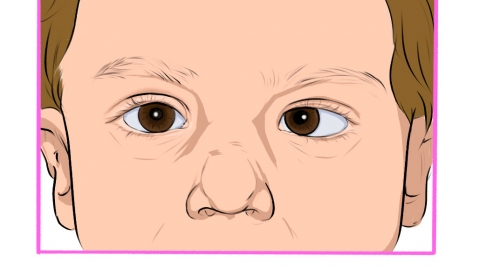What does a person with Down syndrome look like?
Under normal circumstances, individuals with Down syndrome typically exhibit facial features including wide spacing between the eyes, small eye openings slanting upward, a flattened nasal bridge, small outer ears, frequent mouth opening with tongue protrusion, a short head length from front to back, and a smaller-than-normal head circumference. If concerns arise, it is recommended to seek medical advice in advance. Detailed analysis is as follows:

Wide spacing between the eyes means the distance between the two eyes is significantly greater than normal; small and upward slanting eye openings result in an elongated and upward-slanting eye shape; a flattened nasal bridge makes the nose appear flat and sunken; small outer ears refer to ears smaller than typical for the age group; mouth opening with tongue protrusion is often due to a relatively large tongue and insufficient oral space; a short head length from front to back along with a smaller head circumference gives the head a short and round appearance.
These characteristics are caused by developmental abnormalities resulting from chromosome 21 anomalies, affecting the growth proportions of facial bones and soft tissues. These facial features are clearly visible at birth and remain stable as the individual grows. Different patients may exhibit a more pronounced expression of one particular feature, but overall, they encompass multiple aspects mentioned above, collectively forming the typical facial appearance.
If similar facial features are observed, timely chromosome testing is necessary. Avoid making judgments based solely on physical appearance. Early intervention after diagnosis can help improve the patient's ability to manage daily living activities.





